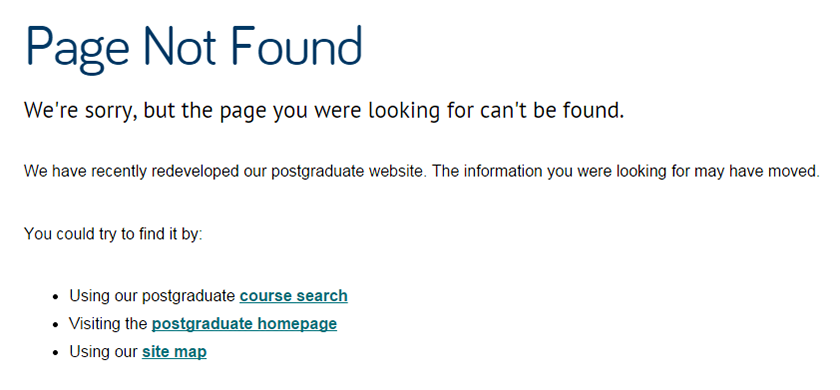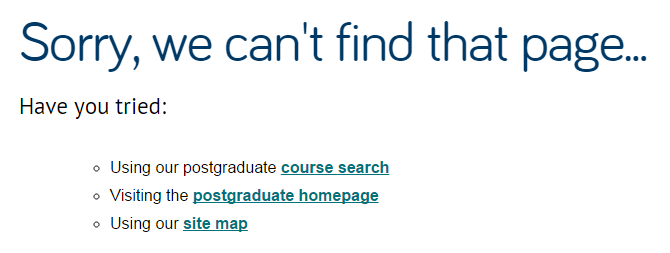Our Go Mobile programme is the driver for some brand new training to get the University thinking digital first.
Raising the bar
We’re training our web editors to operate the new content management system – T4.
We’ve also invited key site owners to come and learn about managing a site. This includes setting goals for content and best practice in writing for the web.
The first sessions ran on 7 and 8 May for trainees from the:
- Undergraduate and Postgraduate marketing teams
- Research Office
- Institute for Sustainability
- School of Agriculture, Food and Rural Development
Day 1: Writing and Planning Web Content
We want to get our web editors really thinking about their content.
The University doesn’t want a team of content-putter-uppers. It needs digitally savvy writers who understand what their site is for and how to evaluate it.
Day 1 introduces setting a site purpose and how you prioritise content to support it. It was good to be able to try out some exercises we’d picked up at Confab Europe (a content strategy conference). Even better, our editors seemed to really understand them and could see how they might use them.
“[The] site purpose planning doc was super helpful!”
The session also covers tips for writing web content and introduce a range of tools to help you do this.
“The writing tips I know, but still find hard to put into practice…it was a useful refresher.”
Day 2: T4 Training
Our T4 training day provides an introduction to the Content Management System. It showcases the idea of responsive design and how we’re configuring T4 to support editors to write for a range of devices.
“Having news and staff lists in one place is fantastic.”
Empowering editors
Site editors can more easily influence the design of their content in T4. The first editors are starting a 2-4 week period of supported editing. In this time they’ll get to apply new layouts, add quality assets, and improve their content for reading online.
It’s a chance to cut words, tighten copy and focus on users.
Initial feedback
As we go, we’re gathering feedback on the training topics, the delivery and the new CMS. We’re in Beta mode at the moment – but hope we’ve got a good starting point. We’ll be improving the training content as we go.
Accessing training
Training is only available to site editors as part of the Go Mobile Programme: we’ll be in touch when it’s your turn!



